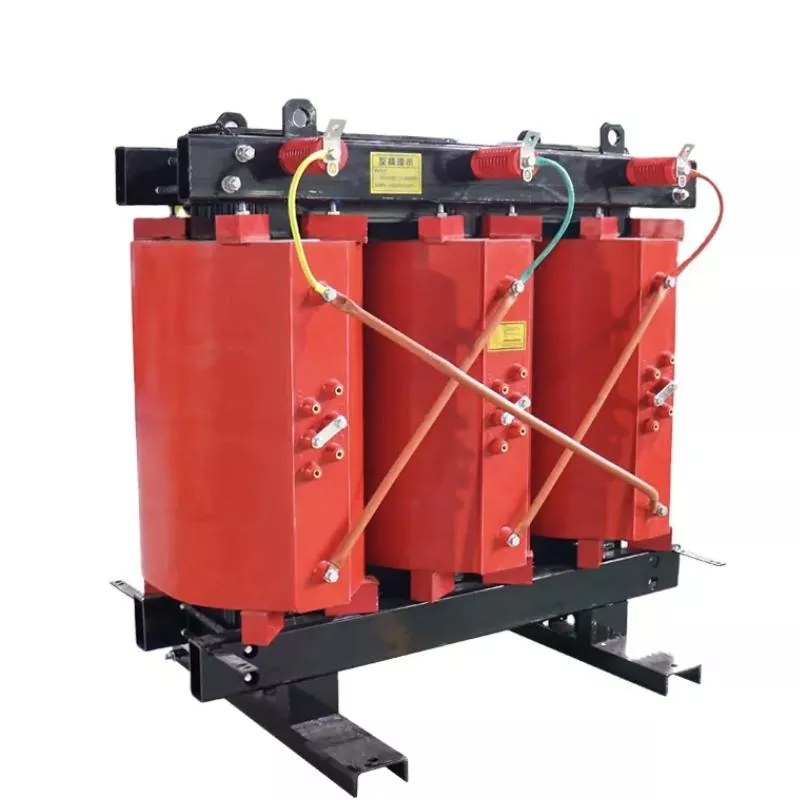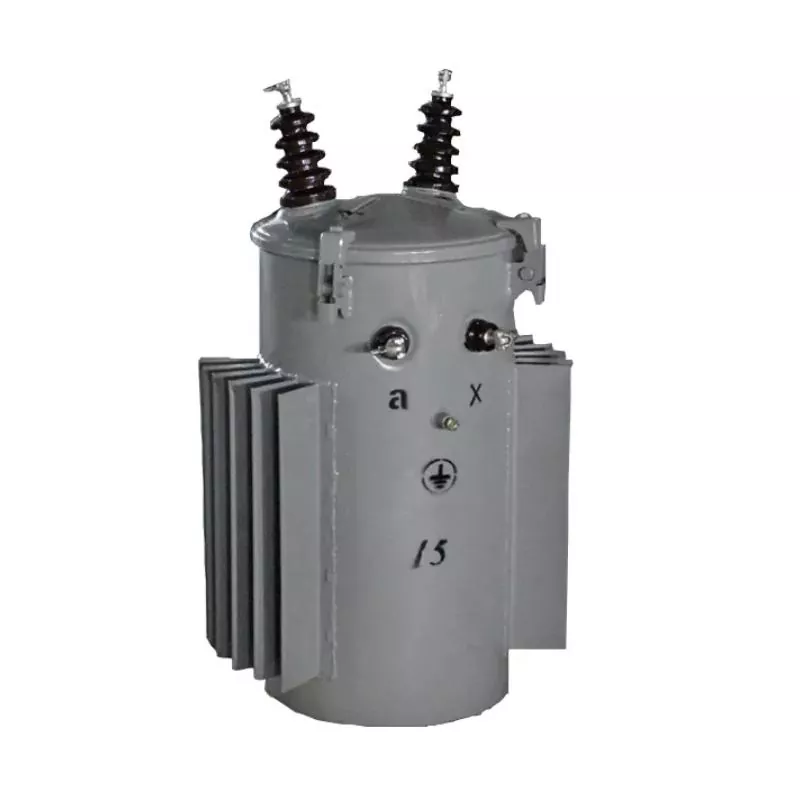Three Knowledge Points About Electrical Transformers
2025-03-17
Electrical transformers are widely used in various electrical power transmission and distribution applications. So what should we pay attention to when using transformers? Today we will talk about three knowledge points about electrical transformers.

What causes the electrical transformer to make abnormal noises?
1) Overload; 2) Poor internal contact, discharge and sparking; 3) Individual parts are loose; 4) There is grounding or short circuit in the system; 5) The start of a large motor causes a large load change.
What does the capacity of the electrical transformer depend on?
The choice of the core is related to the voltage, while the choice of the wire is related to the current, that is, the thickness of the wire is directly related to the heat generation. In other words, the capacity of the electrical transformer is only related to the heat generation. For a well-designed electrical transformer, if it works in an environment with poor heat dissipation, if it is 1000KVA, if the heat dissipation capacity is enhanced, it may work at 1250KVA.
In addition, the nominal capacity of the electrical transformer is also related to the allowable temperature rise. For example, if a 1000KVA electrical transformer allows a temperature rise of 100K, if it can be allowed to work at 120K under special circumstances, then its capacity is more than 1000KVA. It can also be seen from this that if the heat dissipation conditions of the electrical transformer are improved, its nominal capacity can be increased. Conversely, for the inverter of the same capacity, the volume of the electrical transformer cabinet can be reduced.

How to improve the efficiency of the electrical transformer?
1) Try to use low-loss, high-efficiency and energy-saving transformers; 2) According to the load conditions, choose a transformer of reasonable capacity; 3) The average load factor of the transformer should be greater than 70%; 4) When the average load factor is often less than 30%, a small capacity transformer should be replaced as appropriate; 5) Improve the load power factor to improve the transformer's ability to transmit active power; 6) Reasonably configure the load and minimize the number of transformers in operation.




